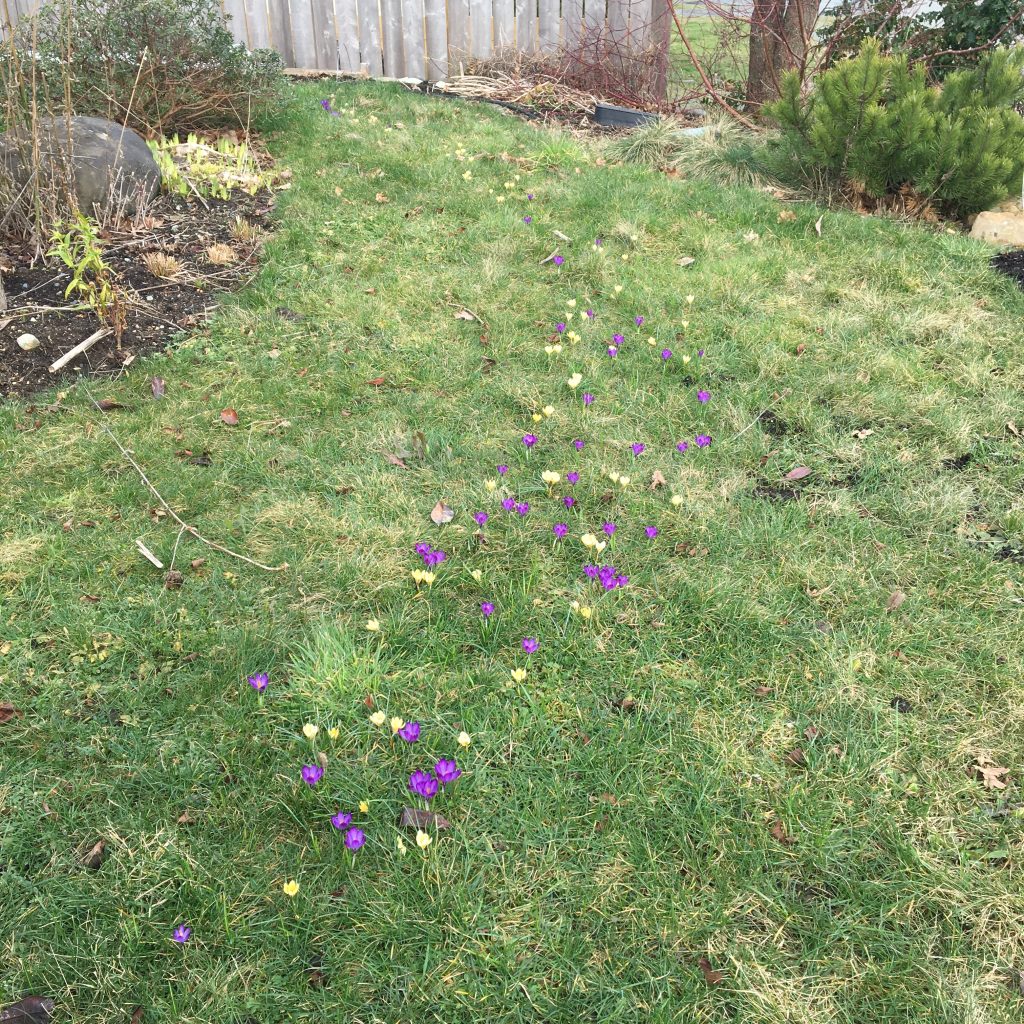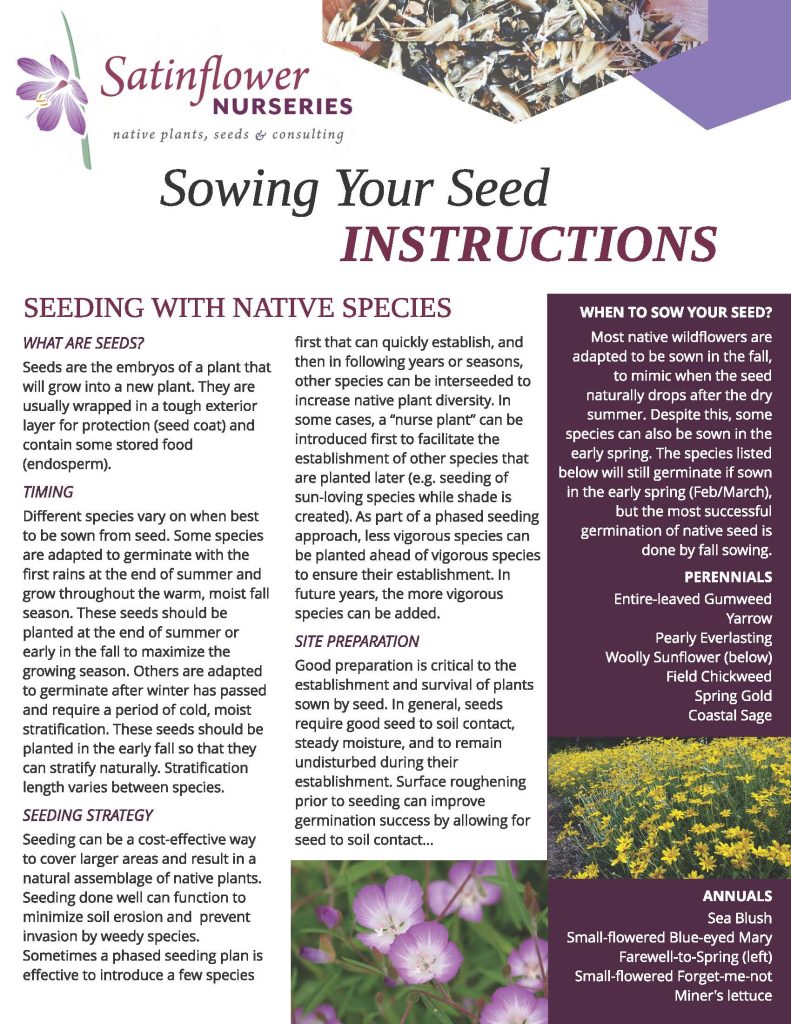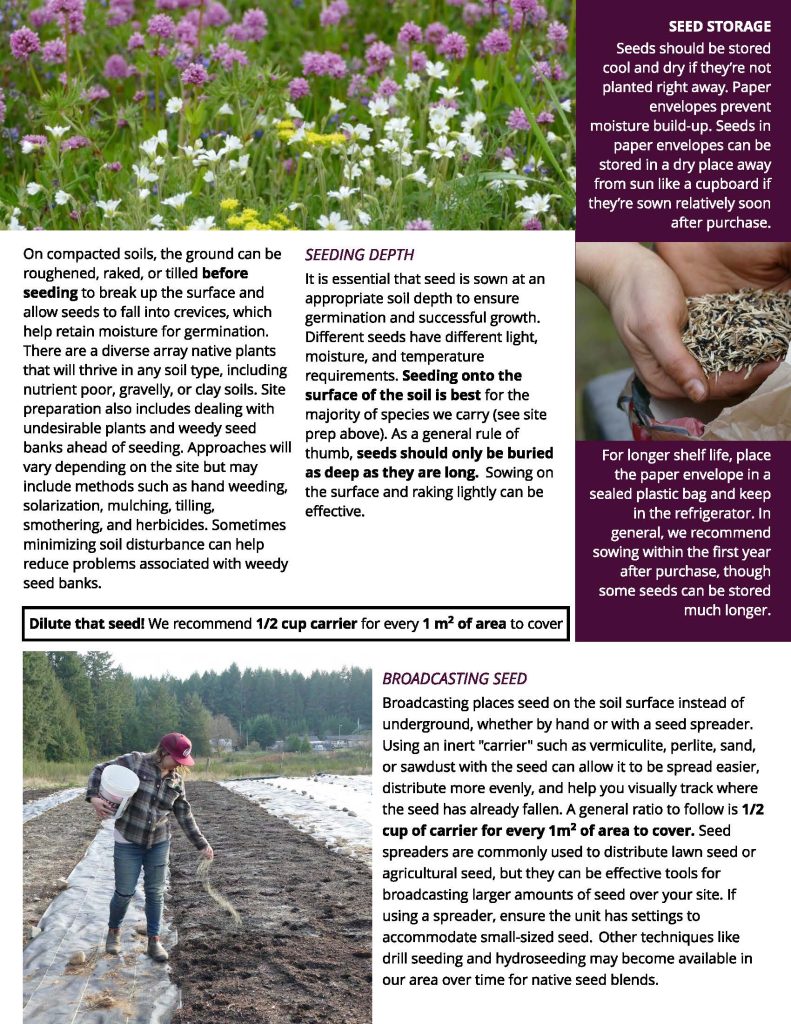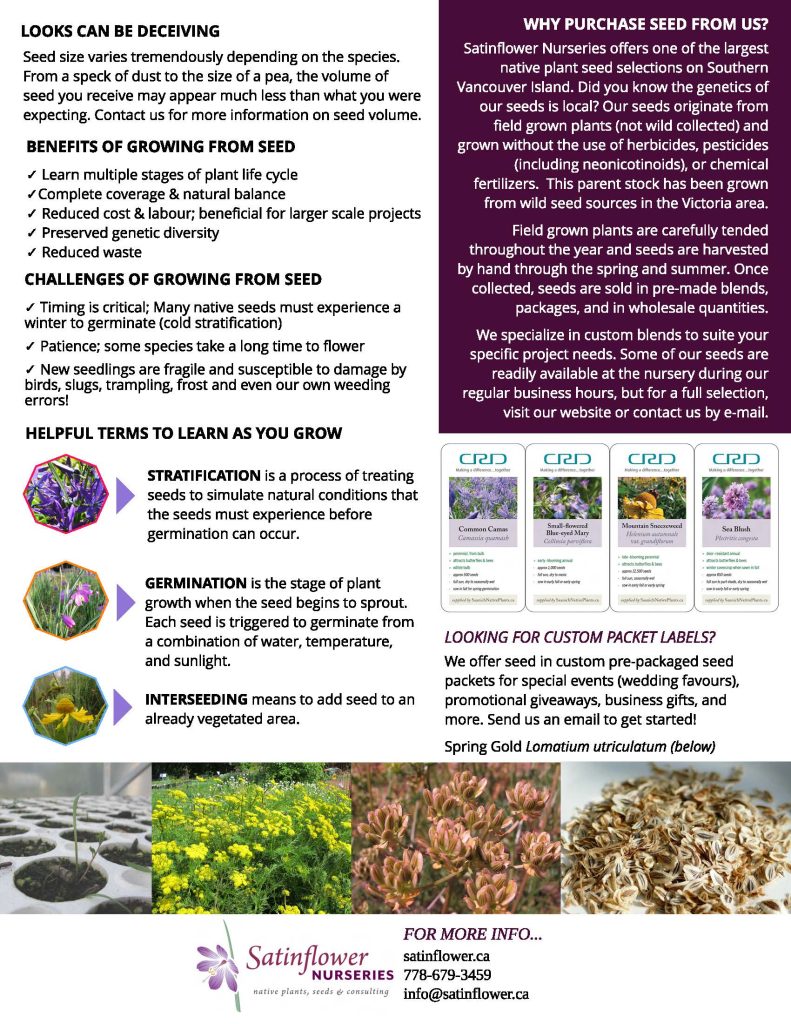Regenerative Landscape: Designing for Biodiversity
Keywords: biodiversity, wildlife habitat, Indigenous (native), pollinators, community resistance, interconnected, interdependent
As we continue the story of the regenerative landscape, we now shift our focus to promoting biodiversity, creating wildlife habitats, supporting pollinators, and enhancing community resilience during the construction phase. This chapter explores the front garden, which deviates from traditional lawn installations and instead features meadow planting that showcases greener and sustainable practices and the use of plants endemic to the region that the regenerative landscape is situated in.
This chapter also showcases the back garden, where a non-traditional lawn was installed with the addition of alternative lawn mixes and bulbs. It’s worth noting that several landscape horticulture activities impact biodiversity and ecosystem health, ranging from least (pavement) to most (complete ecological restoration of a site) environmentally sustainable. In the regenerative landscape, you will find a range of horticultural activities that impact the landscape in various ways.
Fragmented Ecosystems
Video Credit: These beautiful island meadows are some of Canada’s most threatened ecosystems(CBC, 2021)
As noted by the Garry Oak Preservation Society (2024) “Garry oak (Quercus garryana) woodlands are an important link to the past. Garry oak distribution has ebbed and flowed between the ice ages. During the current post-glacial period, Garry oak forests reached their largest extent during the warm, dry era, 5000 to 8000 years ago.
The Garry Oak Ecosystems Recovery Team (2024) notes that “prior to European settlement, much of southeastern Vancouver Island was dominated by Garry oak ecosystems, playing an important role in the rich and complex culture of the First Nations of this region. In the past, some First Nations deliberately burned selected woodlands and meadows to maintain open conditions and promote the growth of berries, nuts, and root vegetables such as camas”.
We gratefully acknowledge the Coast Salish Peoples, who nurtured the rich Garry oak ecosystems and cultivated species relationships through traditional stewardship practices, so we may have the opportunity to learn about these plants and their roles in supporting biodiversity in natural and built landscapes.
Regenerative Landscape Base Plan
Let’s take another look at the regenerative landscape base plan again.
 The Regenerative Landscape Design
The Regenerative Landscape Design
Key Features of the Regenerative Landscape Plan
In this module, we will explore the benefits of meadow installations as an alternative to traditional lawns, which have been a common feature in front yard landscapes for many years. As the climate changes, we are seeing enhanced watering restrictions that limit homeowners to watering on certain days or times, and often lawn watering isn’t allowed.
While lawns are often viewed as low-maintenance, it is important to consider their impact on the environment. Every spring, lawns require annual maintenance practices such as dethatching, coring, liming, fertilizing, and reseeding, all of which require equipment that is typically fossil fuel-powered. Additionally, the turf grass seed used to reseed lawns is often grown on a commercial scale and transported back to the consumer, adding to the carbon footprint. Throughout the season, the use of herbicides and fertilizers is also common, but these chemicals can leach out of the soil and travel through storm drains into larger bodies of water, harming the environment and potentially impacting human health. This chapter will discuss how meadow installations can increase biodiversity, wildlife habitat, and carbon sequestration, and support a healthier environment.
But first, a full disclosure. The residents of this landscape kept a small patch of turfgrass-alternative lawn for their family dog. The family dog mostly tears up the lawn while playing fetch; however, the residents tolerate this behaviour because it’s their dog’s favourite pastime and their beloved friend brings the family a lot of joy.
The decision to include a meadow in the front garden of the regenerative landscape was not only based on the goal of increasing biodiversity but also guided by the growing number of drought-enforced bylaws in Southern communities in the United States that limit the building or remodelling of lawns to a small percentage of the available landscape area. These recent lawn-size restrictions aim to reduce water usage, lower maintenance and fossil fuel consumption.
In light of these restrictions and the environmental benefits of meadow plantings, it is recommended that lawn installation be reconsidered in favour of restoring natural resources, supporting native pollinators, and increasing biodiversity through meadow installations. Meadows not only provide wildlife habitat in both urban and non-urban areas but are also low-maintenance and have a high impact for the ecosystem.
Another important feature of meadow installations is the increase in diverse and productive plant materials used that can offer year-round biodiversity benefits. It’s possible to use a mix of native or non-invasive (this may depend on availability) ornamental perennials and woody shrubs or trees in a meadow installation to increase diversity and habitat.
A benefit of biodiverse meadow plantings is their effectiveness in removing carbon from the atmosphere and providing cooling through evapotranspiration. Carbon sequestration and evaporative cooling have proven to be effective and efficient methods to reduce global warming and the effects of climate change.
Although lawns have their drawbacks, they also offer some regenerative benefits. In the back garden of the regenerative landscape, an alternative lawn mix has been used, along with bulbs interplanted throughout.
This lawn contributes to carbon sequestration and the infiltration of water into the soil, and it provides slope and soil stability through plant root systems. Lawns are also safe spaces for children and pets to play. To boost biodiversity in lawns, it is recommended to use alternative lawn mixes that include native and non-invasive seed mixes, which can increase plant diversity and provide food sources for pollinators when flowering.
Bulbs can be interplanted throughout the lawn in the regenerative landscape, providing diversity in plant species to support native pollinators. Since bulbs typically bloom in spring and fall and go through a period of dormancy in the summer, they do not require additional water during typically dry periods.

Photo credit: Kelsey Cramer
More Ways to Increase Biodiversity
Tip – to make your bug hotel more sustainable, save the plant debris such as leaves, stems and bark from the landscape that your bud hotel will be placed in to ensure the bug hotel reflects the space it will permanently reside.
Video credit: How to Make a Bug Hotel, (Baron Water, 2021)


(Pollinator Partnership Canada, n.d)
How to Install a Meadow from Seed
Please see the additional resources section for existing meadow installation guides specific to your region. Keep in mind that the meadow installation guide provided in this module is tailored to Vancouver Island.
If a guide for your region is not available, the authors encourage you and your students to take the initiative and develop a meadow-makers guide to promote biodiversity, support pollinators, and enhance community health in your area.
By doing so, you can become a champion for your region and make a positive impact on the environment. We challenge you to install a meadow with students to increase biodiversity!




Reflect

Please use the following questions to guide your reflection:
- What does biodiversity mean to you, and how do you incorporate plant diversity into your work?
- Which bioclimatic zone do you live in, and what are the Indigenous (native) plants that inhabit this area?
- What role do you feel you have in changing the landscape, and how can you promote biodiversity and restore the ecosystem and environmental health?
- How can you be a good neighbour to your ecosystem and environment in your role as a landscape horticulturist?
- Which plants make up meadows in your region? What growing conditions do they prefer, and how might you create those conditions in a residential landscape?
Additional Resources
We’ve compiled a list of additional resources to support your learning about the topics in this chapter. The additional resources are not required as part of this course, please engage with them as you need to support your learning.
| Resource Name | Resource Description | Resource Link |
| Unesco’s Commitment to Biodiversity (Global) | “This publication highlights some of UNESCO’s biodiversity-related actions and solutions, based on the Organization’s unique mandate and its diverse normative instruments, networks, programmes and partners. These actions have reduced biodiversity loss and improved the lives of many people around the planet.For each thematic challenge, the publication highlights current actions and solutions that have been successfully implemented, as well as suggestions for improvement and innovation. This publication is an invitation to positive action and to trust in our collective capacity and creativity to transform our relationship with biodiversity, by sharing values, solutions and knowledge for our common future” |
Unesco’s Commitment to Biodiversity |
| Pollinator Partnership Canada: Pollinator Planting Guides (Canada) | “Our ecoregional planting guides, Selecting Plants for Pollinators, are tailored to specific areas of Canada. Whether you are a farmer of many acres, a land manager of a large tract of land, or a gardener with a small lot, you can increase the number of pollinators in your area by making conscience choices to include plants that provide essential habitat for pollinators” | https://pollinatorpartnership.ca/en/ecoregional-planting-guides |
| Satin Flower Nurseries (Victoria, BC) | Planting guides for encouraging pollinators and butterflies and designing hedgerows and meadows. | https://satinflower.ca/blogs/learn/tagged/pollinators |
| Habitat Acquisition Trust (Victoria, BC, Canada-wide resources in “Learn”) | “Creating a naturescape (native plant garden) on your land is part of the solution to habitat loss. The actions of many individual landowners can make a big difference for wildlife in our region. A changing climate and booming population growth are forcing communities to rethink our prolific outdoor water use.
Using showy native plants in your garden can also save you time and money; forget about watering, artificial fertilizers, and toxic pesticides. Because native plants have evolved in this climate for countless generations, they attract local songbirds and insect pollinators. The various plants in this guide fit into any type of garden setting” |
https://hat.bc.ca/ |


Feedback/Errata